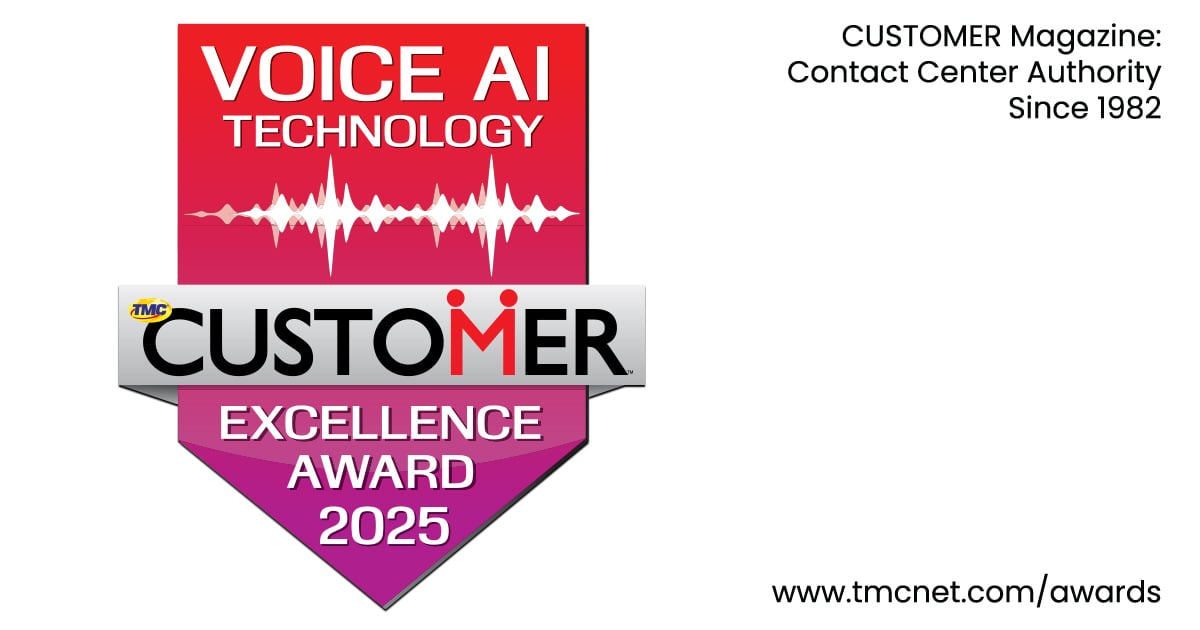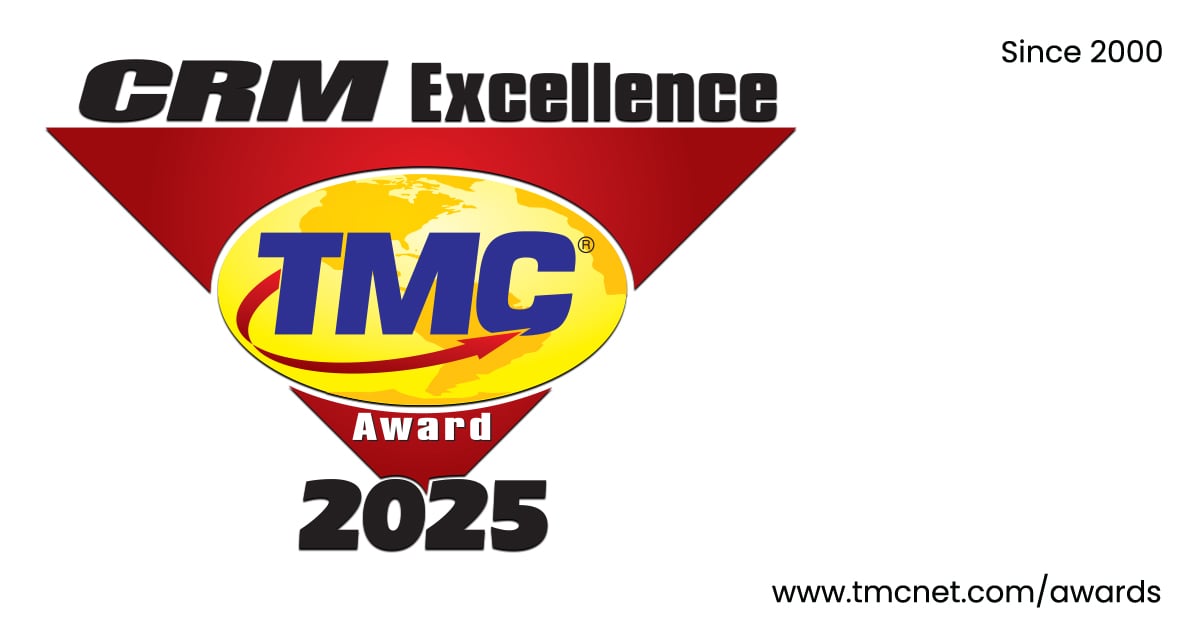
What the future of Customer Service holds, as foretold by the History of Customer Service.
1876.
This was the year Alexander Graham Bell invented the telephone. The whole world shrank in an instant with this one piece of technological magic. Bell’s first words, the first words ever heard on a telephone line were, ‘Mr Watson, come here, I want to see you.’ It’s interesting to note that this was a call to action, and a phrase suggesting agency.
The telephone enabled customers to make better choices on products and services by finding out information without having to visit stores or read information in the printed press, which by its nature could be slow and reactive. Both dynamics are still important for us in our modern age of customer service, and you can bet any money you like that whatever the future holds, telephone communication will remain with us.

Customers are always happy to give us a ring
1960s.
PBS or Private Branch Exchange was the next major technological development for customer service. This was in essence an internet of telephones, which allowed companies to streamline calls more efficiently between customer service representatives as the number of calls increased over the decades. In the post war era, after the economic slump of the 40s and early 50s, where countries were digging themselves out of the red, customers at last were beginning to enjoy the first taste of expendable wealth.
In America consumers were getting more demanding of their services and products, so companies were beginning to appreciate this dynamic telephone exchange system. PBS enabled them to harness the power of customer queries and structure their calls to their advantage, then convert the queries to customer action and financial follow-through for themselves.
Early 1980s
IVR or Interaction Voice Response was the big breakthrough in the big shoulder-padded 1980s. IVR is the recognition system where a computer listens to and processes customer voices and make decisions accordingly.
This was the first big impact of digital technologies in the customer service world. It enabled customers to say ‘yes’ ‘no’ or ‘representative’. These three options were the first to be made available, but of course once the voice recognition platform was invented it opened up a whole many-worded world to help enhance the customer experience.
As the 80s progressed all sorts of other words were introduced to these global systems. Of course there were teething troubles and some customers found the systems deeply frustrating, but if the person-to-person final consultation was satisfying, the feedback numbers told our industry that customers would happily forgive any slightly frustrating initial interactions with IVR.

The human voice is a great tool
Late 1980s
If IVR was the first shoots of digital technologies, the next development in the industry was the first shoot of artificial intelligence. The big birth of this era was database software which would evolve into CRM, the acronym for Customer Relationship Management. These records of customers’ needs and requests were the beginning of working out a feedback loop, so if customers asked for one item early on, companies could then predict with confidence if they were more likely to ask for certain item later on in their relationship timeline arc.
It was basic pattern spotting in these early days, but in a way it fore-echoed the interesting introduction of customer loyalty cards in the 1990s by Tesco, and the famous algorithm introduced by Amazon in the very early 2000s, of ‘If you liked this you will love this’. CRM is probably the ultimate corollary manifestation of database software, something we are still seeing the fruits of today.
Late 1980s part 2.
A tiny and little known software company came up with a very basic invention that they called OLM, On-Line Messaging. Amusingly enough, the first ever computer to use this software was the Commodore 64, which was much more renowned for being a gamer’s paradise. The unit is still looked back on fondly by the gaming community, but history shows that more impact was made by OLM, as this would later change to instant messaging, and later live chat.
Live chat is still one of the most exciting areas for customer service, and if you were a betting person you would be very wise to put money on the combination of live chat and AI being the future of customer service.
Incidentally, the little known software company would one day be renamed. That name was… AOL.
Late 1990s-early 00s.
Our next topic is not a development in technology as all the other benchmarks have been, but it is an important moment in customer service history. The development was outsourcing. With the dotcom boom and bust companies were suddenly scrambling to make ends meet and farming out their new-fangled call centres abroad was seen as a viable option.
What was not predicted was the flick back on customer service ratings, because customers could not easily interact with non native speakers with thick accents reading from a script. Companies had to scramble fast to make sure they chose countries that were cheaper to purchase real estate in butdidhave a talent pool to be able to deal with customer service in an authentic enough way to be believable.
2006
The invention of social media, and in particular, Twitter, was the next big step for customer service interaction. Even though companies were taking on the slight risk of washing their dirty laundry in public, it was still seen as a great opportunity to be seen to care, to be proactive, to answer tricky questions with competence and wit, to encourage engagement, and, if the customers are that interested, build a data pool of best practice via a treasure trove of Q and A history. All of these facets are things that all customer service centres aspire to, and here they suddenly all were, distilled into one online funnel/filter.

Good tweets can mean happy customers
The future.
No one has a true crystal ball but these past events do tell us that improvement and customer engagement will be the future of customer service. Sometimes, as in life, we will have to take one step back in order to take two steps forwards (outsourcing, we are looking at you especially here) but no one can doubt the customer service improvement curve will continue to arc in a technology–led forward direction.





